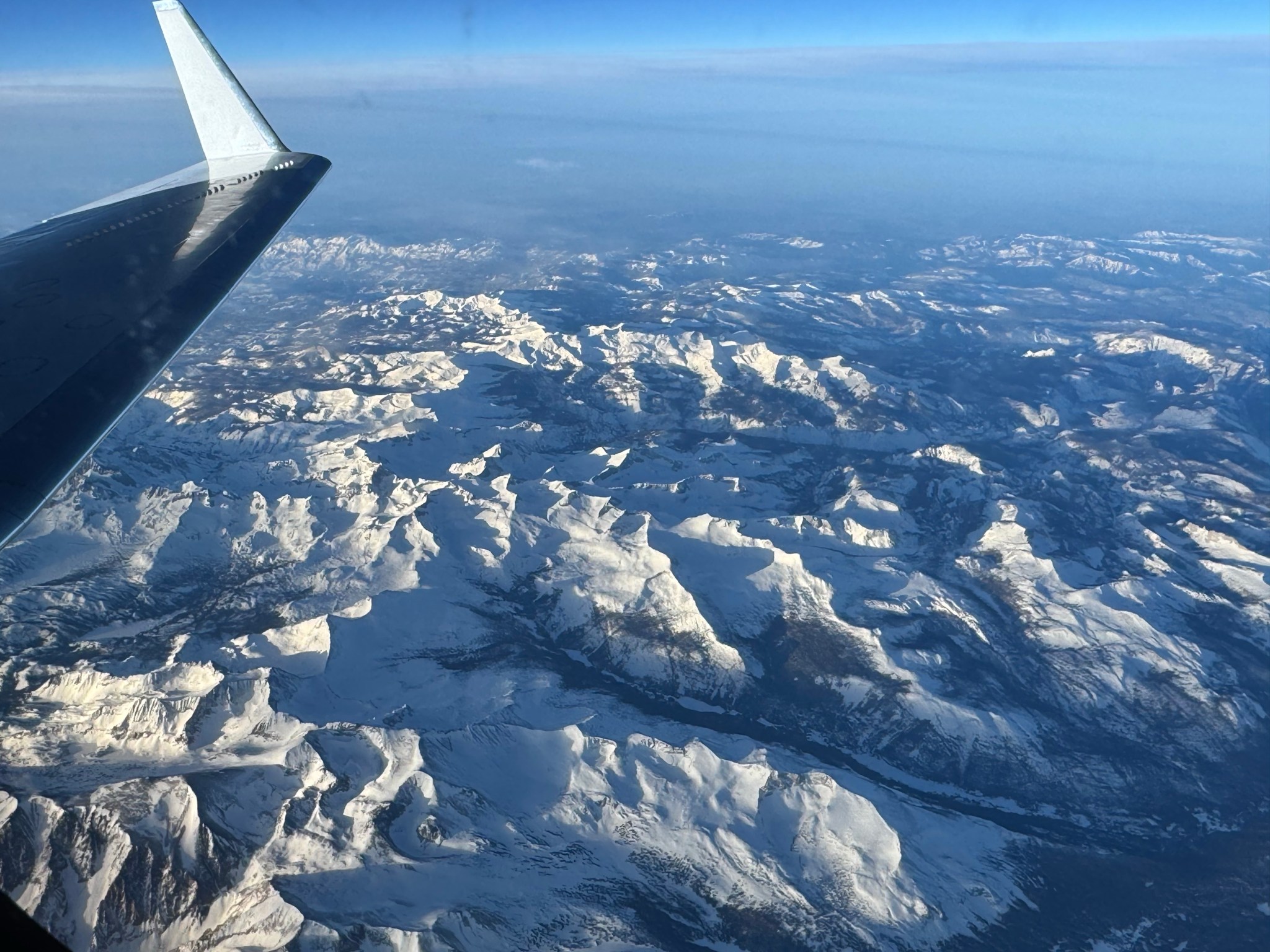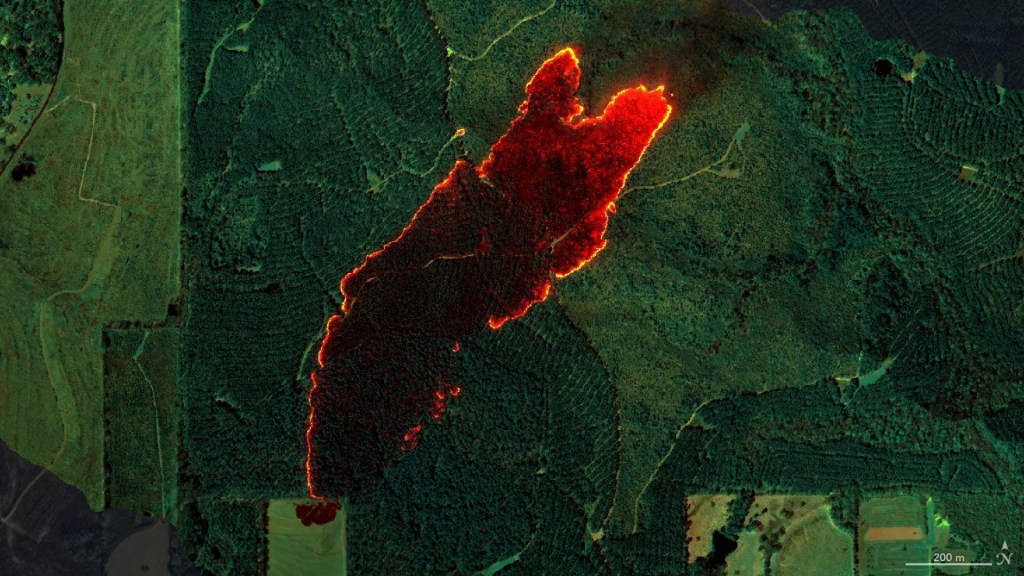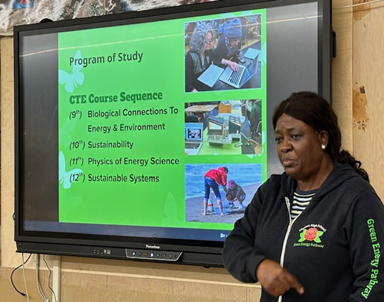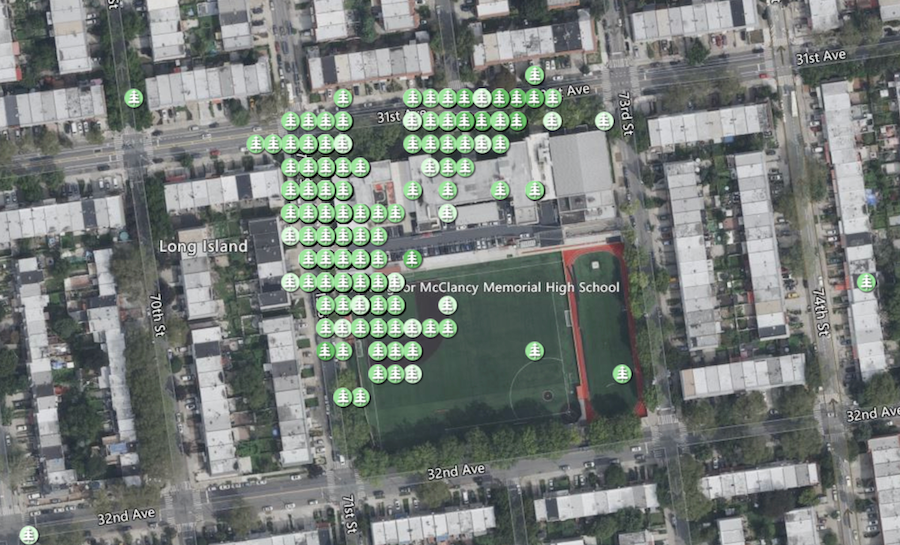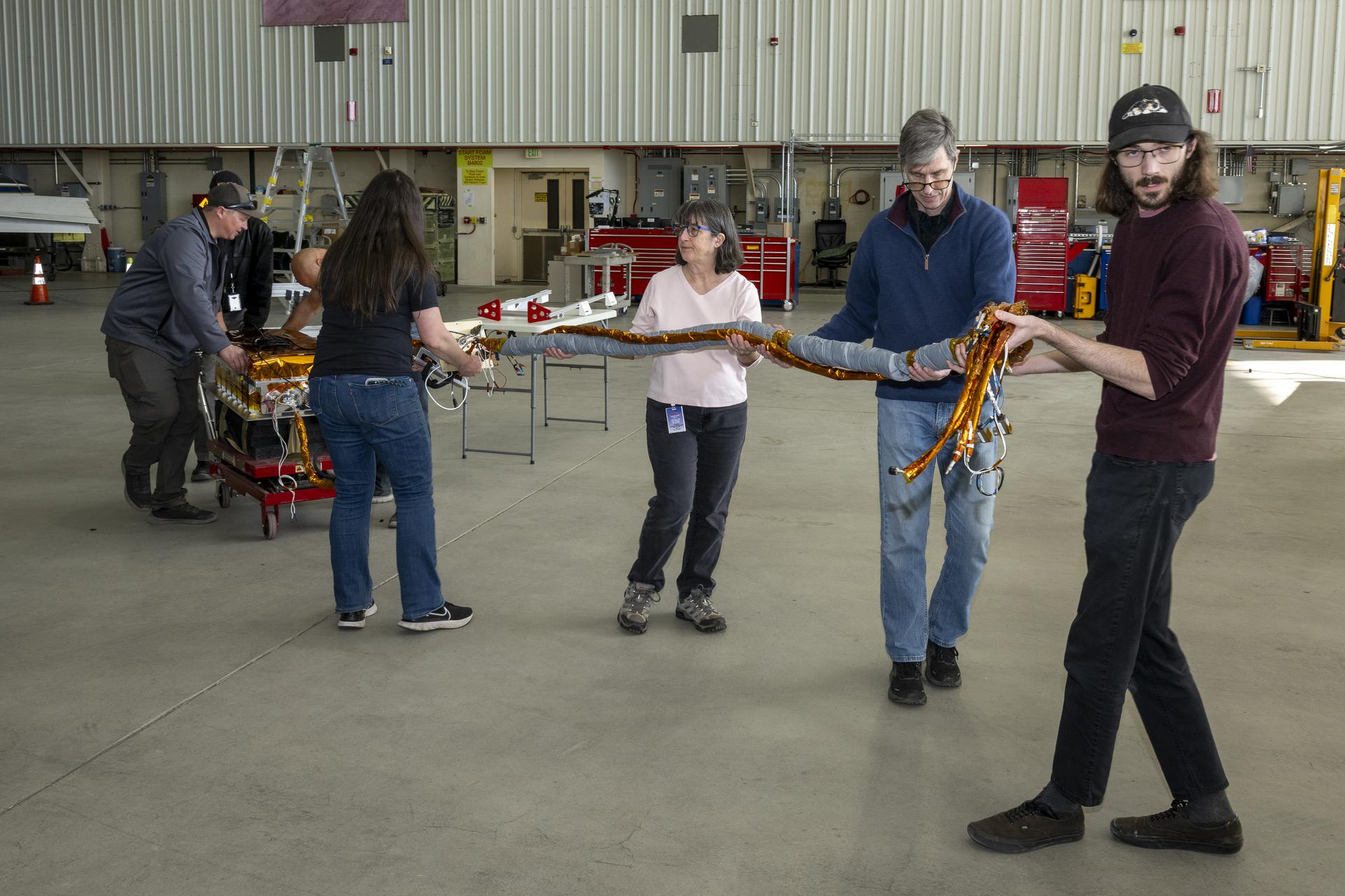Explore This Section Science NASA STEM Projects NASA Interns Conduct Aerospace… Overview Learning Resources Science Activation Teams SME Map Opportunities More Science Activation Stories Citizen Science 3 min read NASA Interns Conduct Aerospace Research in Microgravity The NASA Science Activation program’s STEM (Science, Technology, Engineering, and Mathematics) Enhancement in Earth Science (SEES) Summer Intern Program, hosted by the University of Texas Center for Space Research, continues to expand opportunities for high school students to engage in authentic spaceflight research. As part of the SEES Microgravity Research initiative, four interns…
Read MoreTag: Earth Science
Summary of the 2024 SAGE III/ISS Meeting
Explore This Section Earth Earth Observer Editor’s Corner Feature Articles Meeting Summaries News Science in the News Calendars In Memoriam More Archives Conference Schedules Style Guide 19 min read Summary of the 2024 SAGE III/ISS Meeting Introduction The Stratospheric Aerosol and Gas Experiment (SAGE) III/International Space Station [SAGEIII/ISS] Science Team Meeting (STM) took place on October 22–23, 2024, in a hybrid format. Approximately 50 scientists attended in person at NASA’s Langley Research Center (LaRC) – see Photo. Participants included researchers from U.S. universities, NASA LaRC, NASA’s Goddard Space Flight Center…
Read MoreHow to Contribute to Citizen Science with NASA
8 Min Read How to Contribute to Citizen Science with NASA A number of NASA projects use mobile phone apps to put satellite data into the palm of your hand, and allow intrepid citizen scientists to upload data. Credits: NASA A cell phone, a computer—and your curiosity—is all you need to become a NASA citizen scientist and contribute to projects about Earth, the solar system, and beyond. Science is built from small grains of sand, and you can contribute yours from any corner of the world. All you need is…
Read MoreEarth Science Showcase – Kids Art Collection
1 min read Preparations for Next Moonwalk Simulations Underway (and Underwater) On April 16, 2025, the Earth Science Division at NASA’s Ames Research Center in Silicon Valley held an Earth Science Showcase to share its work with the center and their families. As part of this event, kids were invited to share something they like about the Earth. These are their masterpieces. Sora U. Age 9. “Wildlife” Sora U. Age 9. “Wildlife” Wesley P. Age 2.5. “Pale Blue” Wesley P. Age 2.5. “Pale Blue” Kira U. Age 5. “Hawaii” Kira…
Read MoreNASA Tracks Snowmelt to Improve Water Management
3 min read Preparations for Next Moonwalk Simulations Underway (and Underwater) The C-20A aircraft, based at NASA’s Armstrong Flight Research Center in Edwards, California, flies over the Sierra Nevada Mountains in California for the Dense UAVSAR Snow Time (DUST) mission on Feb. 28, 2025. The DUST mission collected airborne data about snow water to help improve water management and reservoir systems on the ground. NASA/Starr Ginn As part of a science mission tracking one of Earth’s most precious resources – water – NASA’s C-20A aircraft conducted a series of seven…
Read MoreNASA Airborne Sensor’s Wildfire Data Helps Firefighters Take Action
5 min read Preparations for Next Moonwalk Simulations Underway (and Underwater) NASA’s AVIRIS-3 airborne imaging spectrometer was used to map a wildfire near Cas-tleberry, Alabama, on March 19. Within minutes, the image was transmitted to firefighters on the ground, who used it to contain the blaze. NASA/JPL-Caltech, NASA Earth Observatory The map visualizes three wavelengths of infrared light, which are invisible to the human eye. Orange and red areas show cooler-burning areas, while yellow indicates the most intense flames. Burned areas show up as dark red or brown. NASA/JPL-Caltech, NASA…
Read MoreTesting in the Clouds: NASA Flies to Improve Satellite Data
3 min read Preparations for Next Moonwalk Simulations Underway (and Underwater) Piloted by NASA’s Tim Williams, the ER-2 science aircraft ascends for one of the final science flights for the GSFC Lidar Observation and Validation Experiment (GLOVE) on Feb. 1, 2025. As a collaboration between engineers, scientists, and aircraft professionals, GLOVE aims to improve satellite data products for Earth Science applications. NASA/Steve Freeman In February, NASA’s ER-2 science aircraft flew instruments designed to improve satellite data products and Earth science observations. From data collection to processing, satellite systems continue to…
Read MoreGLOBE Mission Earth Supports Career Technical Education
Explore This Section Science Science Activation GLOBE Mission Earth Supports… Overview Learning Resources Science Activation Teams SME Map Opportunities More Science Activation Stories Citizen Science 4 min read GLOBE Mission Earth Supports Career Technical Education The NASA Science Activation program’s GLOBE Mission EARTH (GME) project is forging powerful connections between career technical education (CTE) programs and real-world science, inspiring students across the United States to pursue careers in Science, Technology, Engineering, and Mathematics (STEM). GME is a collaborative effort between NASA scientists, educators, and schools that brings NASA Earth…
Read MoreGLOBE, NASA, and the Monsignor McClancy Memorial High School in Queens, New York
Explore This Section Science Science Activation GLOBE, NASA, and the Monsignor… Overview Learning Resources Science Activation Teams SME Map Opportunities More Science Activation Stories Citizen Science 4 min read GLOBE, NASA, and the Monsignor McClancy Memorial High School in Queens, New York When students actively participate in scientific investigations that connect to their everyday lives, something powerful happens: they begin to see themselves as scientists. This sense of relevance and ownership can spark a lifelong interest in science, technology, engineering, and math (STEM), paving the way for continued education…
Read MoreNASA Measures Moonlight to Improve Earth Observations
The airborne Lunar Spectral Irradiance (air-LUSI) instrument is moved across the hangar floor by robotic engineer Alexander McCafferty-Leroux ,from right to left, co-investigator Dr. John Woodward, NIST astronomer Dr. Susana Deustua, air-LUSI chief system engineer Dr. Kathleen “Kat” Scanlon, and members of the ER-2 ground crew at NASA’s Armstrong Flight Research Center in Edwards, California, in March 2025. NASA/Genaro Vavuris Flying high above the clouds and moon-gazing may sound like a scene from a timeless romance, but NASA did just that in the name of Earth science research. In March…
Read More



